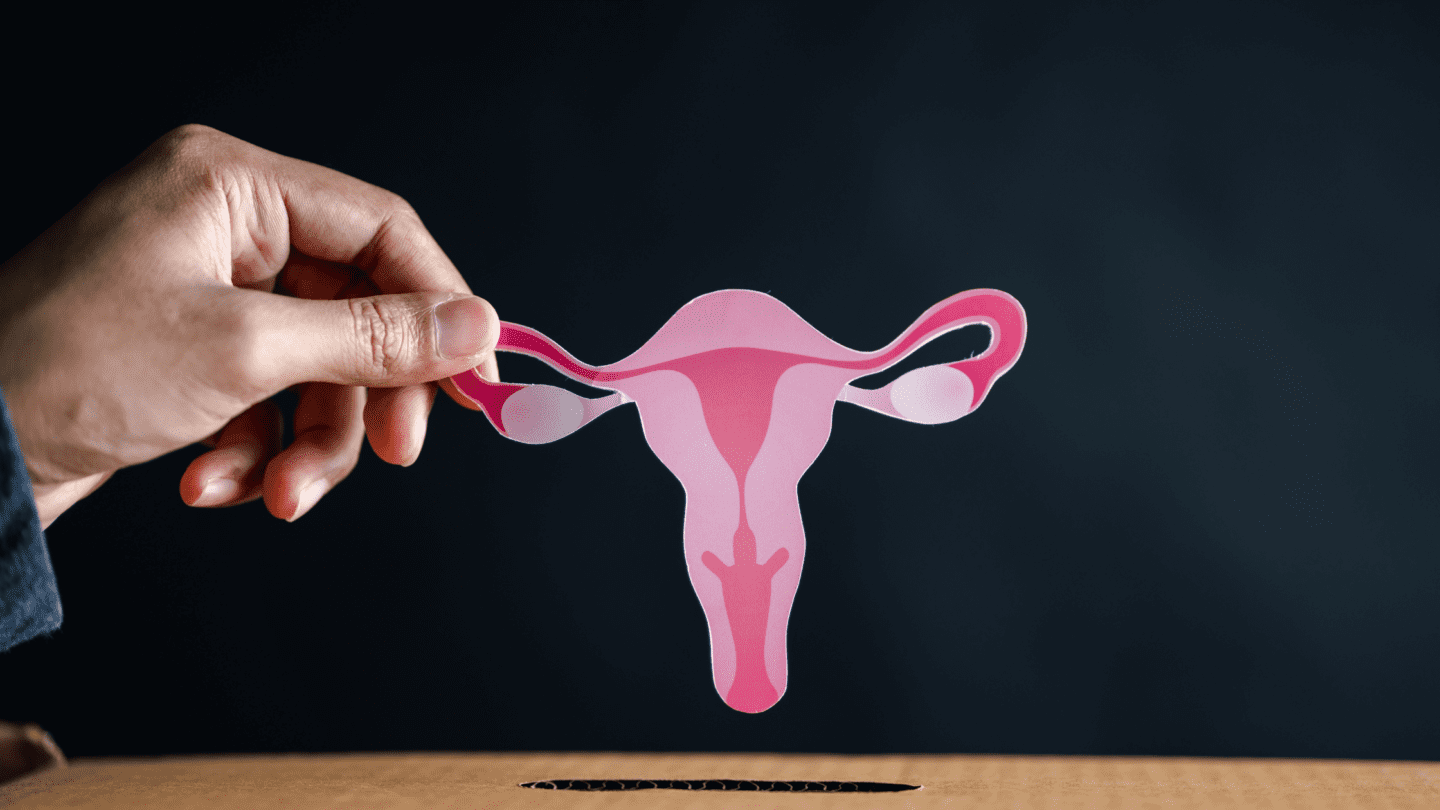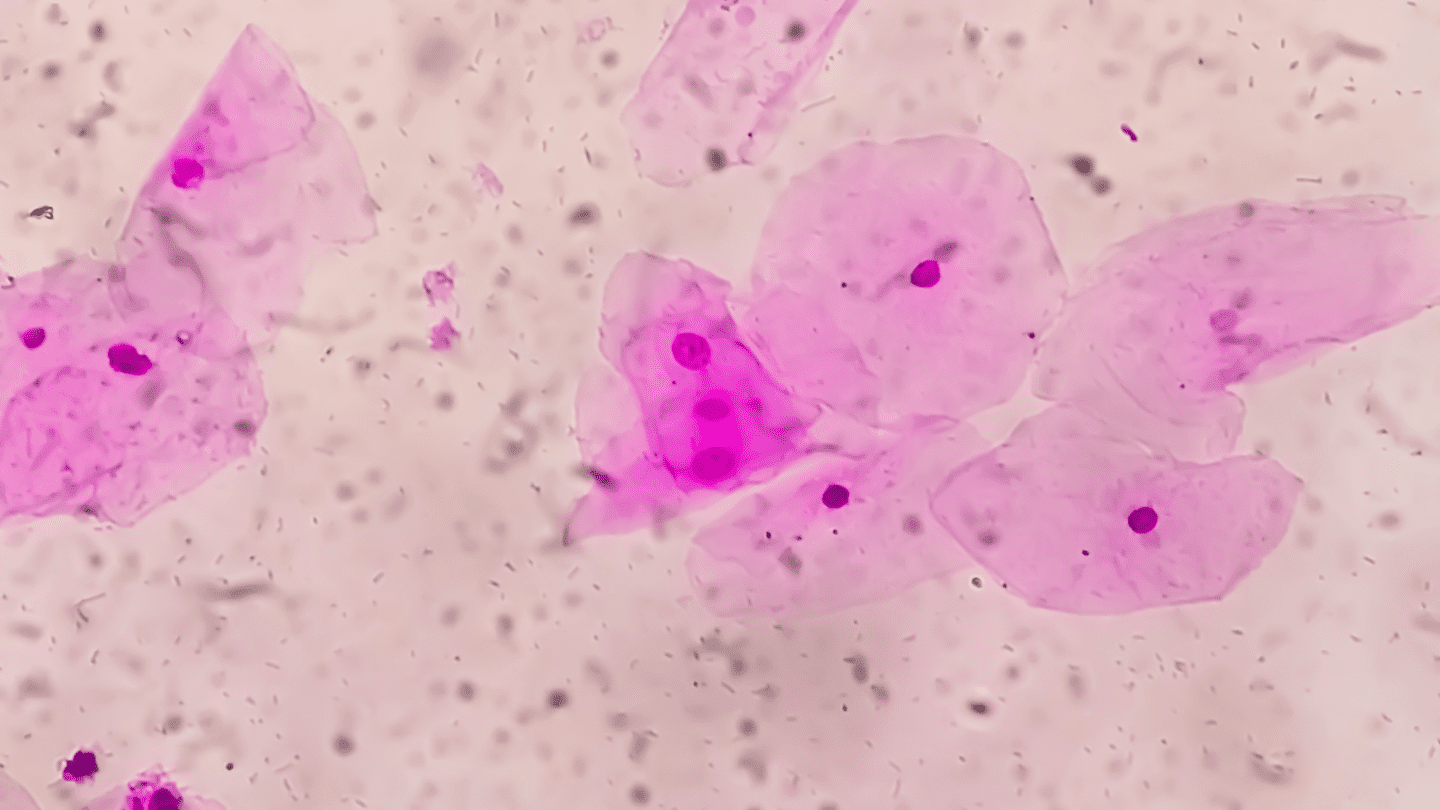What is Period Pain?
Lots of people experience pain related to their menstrual cycle. Here we discuss what we mean by “Period Pain” and what the science says to help you find some relief.
The medical or scientific term for period pain is dysmenorrhea. Dysmenorrhea is pain or discomfort that occurs within the first couple of days of menstruation beginning.1 It is different from premenstrual symptoms (PMS, which you can learn more about here). Period pain is often described as cramps, or lower abdominal pain, and can be sharp or shooting. It can also be felt in the lower back, hips or thighs.
What causes Period Pain?
There are two different types of period pain which differ based on their causes. The two types are known as primary dysmenorrhea and secondary dysmenorrhea.2
“Primary” period pain is caused by high levels of hormones called prostaglandins. Prostaglandins cause the muscles and blood vessels of the to contract. This muscle tightening is the cramping feeling of period pain. The level of prostaglandins is high right when menstruation begins and subsequently drops off. As such, primary dysmenorrhea normally resolves after the first couple of days of your period, although it can last longer.1
“Secondary” is not actually caused by the start of menstruation, although it can occur at the onset of your period. It can be caused by a variety of things, including more severe or complicated medical issues like fibroids or endometriosis.1
So, how can you tell the difference between primary or secondary period pain? Well, it is a little difficult because primary dysmenorrhea is “diagnosed” when you experience short-term pain at the onset of menstruation and nothing else going on.3
The pain associated with secondary dysmenorrhea is often different. This pain:
- Does not always fade as your period progresses
- Can start considerably before or after your period starts
- Can be quite severe and not responsive to non-steroidal anti-inflammatory drugs (NSAIDs)4
- Generally gets worse over time
- Is more common in older patients.1
If you have tried all of the options for relief for primary dysmenorrhea like those outlined below and are not finding anything that helps and the pain remains severe, you should discuss your symptoms with your doctor and you could ask about secondary dysmenorrhea.
The rest of this article will focus on information related to primary dysmenorrhea.
Who experiences Period Pain?
Let’s break down the numbers of exactly how common period pain is. In short, it is probably extremely common, but the range of reported figures varies hugely according to the WHO: from 2-97% of menstruating individuals are estimated to experience period pain.5 Up to 97%?! It is possible that the reported range of experience is so wide because many women do not seek medical care for their “normal” period pain, its diagnosis criteria are unclear and/or because, like so many female health conditions, dysmenorrhea is under researched. It is no surprise from these numbers that period pain is considered the most common gynecological condition– and that is regardless of age or nationality.6
Like so many female health conditions, dysmenorrhea is under researched.
Although many women of reproductive age experience period pain, a few groups can experience it more. Dysmenorrhea is more common in younger women and is reduced after childbirth.2 Obviously, these statistics could be linked as older women tend to be the ones who have given birth.
How can you avoid or treat it? (start here)
Now that we know more about period pain, let’s talk about ways to treat or relieve it so you can decide how you want to address your discomfort.
Pain Meds
NSAIDs are the most common first line treatment for dysmenorrhea. They work by reducing the production of prostaglandins, those pesky hormones that cause the cramping so often associated with period pain.7 These drugs can work for a large percentage of people experiencing period pain. However, 18% of women have primary dysmenorrhea that is not treated by NSAIDs.4
Overall, there is no strong evidence for a preferred NSAID for period pain relief – pretty much any of them can work. According to one research study, Aleve (naproxen) is better for period pain relief than other over-the-counter NSAIDs.8 In another study, ibuprofen performed better than naproxen, and three other NSAIDs.9 A number of prescription NSAIDs can work well,7 but these can have drug interactions or more intense side effects and so should only be used under the supervision of a doctor.10
The administration route of NSAIDs has not been studied in relation to period pain. Theoretically, any administration route should be able to treat primary dysmenorrhea, but oral pills are the most common.11
Like what you’re reading? Get the latest straight to your inbox 💌
Birth control options
Hormonal is also considered a first line treatment for primary dysmenorrhea, although additional research supporting its efficacy is warranted.12 Combined ( and ) or progestin-only formulations can work to ease primary period pain.1 Again, theoretically, the route of administration (pill, patch, ring, IUD) shouldn’t matter, but hasn’t been studied specifically.
Taking oral combined contraceptives in a continuous fashion may decrease the length of time that dysmenorrhea is experienced, but there is currently very little evidence to support this strategy.13 Overall, as long as you are not trying to conceive, hormonal contraceptives are considered a good way to treat period pain.
It is important to point out that people can sometimes experience side effects when taking NSAIDs or hormonal birth controls. Finding the “right” drug for your body may help minimize these undesired effects.
Is adyn right for you? Take the quiz.
Lifestyle activities
A variety of different lifestyle changes and activities have been studied in relation to relieving period pain. However, in general these studies have had few participants and have come to conflicting conclusions of whether there is any effect at all.
Applying heat,14 performing frequent exercise,15 and undergoing acupressure have all been found to help,16 but the clinical studies are not very robust so the conclusions are not super reliable. Nutritional changes have been investigated, but not thoroughly or with large enough numbers to make definitive conclusions.17
Aromatherapy has had a few clinical trials show a benefit over .18 However, since part of an aromatherapy session is for the patient to smell the oil, and therefore could tell the difference between a and “treatment” oil, it is difficult to conduct truly blind studies in this area of alternative medicine.
Yoga has been studied a handful of times as a treatment for primary dysmenorrhea. While a number of studies have shown a benefit of yoga on period pain, the trials were not always well conducted and were limited in size.19-20 However, the plentiful advantages of exercise for many other aspects of life cannot be understated and so going for that yoga session probably isn’t bad for you.15
At adyn, we always recommend a greater investment in research and this is no different for the area of period pain relief.
Conclusion
If none of these solutions work and your pain is still severe and/or lasts several days, please consult a medical professional. At adyn, we always recommend a greater investment in research and this is no different for the area of period pain relief. Clearly, more robust clinical studies could better inform treatment strategies to ease everyone’s monthly cramps.
We are often told that our pain is “just our period” or that really painful periods are normal. Actually, we believe that you have every right to advocate for yourself, and seek treatment and relief for your pain. So, now that you know what period pain is and some approaches to managing it, you are in charge!
-
- Dysmenorrhea: Painful Periods. https://www.acog.org/womens-health/faqs/dysmenorrhea-painful-periods. Last reviewed: January 2022. Accessed 01/2022 through 03/2022.
- Period Pain. https://medlineplus.gov/periodpain.html Last reviewed: 15 November 2016. Accessed 01/2022 through 03/2022.
- Dysmenorrhea: Painful Periods. https://www.acog.org/womens-health/faqs/dysmenorrhea-painful-periods. Last reviewed: January 2022. Accessed 01/2022 through 03/2022.
- Dysmenorrhea: Painful Periods. https://www.acog.org/womens-health/faqs/dysmenorrhea-painful-periods. Last reviewed: January 2022. Accessed 01/2022 through 03/2022.
- Osayande AS, Mehulic S. Diagnosis and initial management of dysmenorrhea. Am Fam Physician. 2014 Mar 1;89(5):341-6. PMID: 24695505.
- https://www.ncbi.nlm.nih.gov/pmc/articles/PMC5839921/








